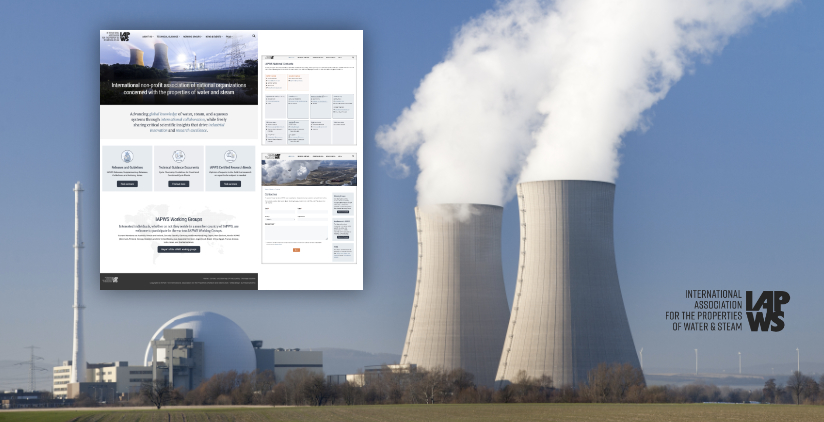Secure, private, personalised areas
An extranet — also known as a portal, customer portal or intranet — is a private area of a website for sharing documents, data and custom functionality.
When an organisation needs a way to provide quality, manageable information to their own staff, clients or customers and they want it to be in the most secure way possible, an extranet is the best option.
What is an extranet, a portal, or an intranet?
Key extranet features
Extranet for business
Extranets take a variety of forms, for example:
- Distributor extranets can help a company collaborate with its distributors and retailers; the extranet can contain documentation , image galleries and other static materials
- The extranet can have online tools such as product registration, warranty claims and a means of letting retailers update their location and profile
- It can have online calculators for field sales personnel, such as consumable calculators; it can be used for advertising vacancies across a group of companies
- In a professional services context, an extranet can have a database of personal profiles, listing the relevant skills and services offered; the password-protected area of the site can have a profile management tool, while a perhaps public area of the site can have a search engine so that customers can find people with the skills they need.





